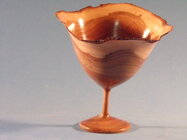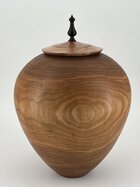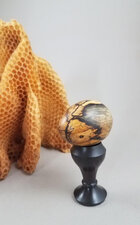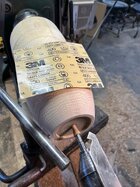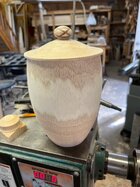I have had an issue while turning some cherry limbs. My nephew gave me some pieces of cherry tree that he had cut up, and although not real fresh they are by no means dried. I put one on my lathe that was about 6” diameter and turned it into a candlestick, and then turned another into a smooth cylinder and then had to stop turning for the evening. I returned to the shop a few days later and the wood had split down the entire length. I understand the mechanism of the wood drying out and shrinking from the outside, thus causing the crack.
The question I have is do I have to turn until I am done with my project once I start, or is there a way to be able to stop at the end of a day and not have the wood cracking?
I had thought of coating it with anchorseal or maybe wrapping it in plastic wrap to try to slow moisture loss.
Any suggestions would be greatly appreciated.
The question I have is do I have to turn until I am done with my project once I start, or is there a way to be able to stop at the end of a day and not have the wood cracking?
I had thought of coating it with anchorseal or maybe wrapping it in plastic wrap to try to slow moisture loss.
Any suggestions would be greatly appreciated.

